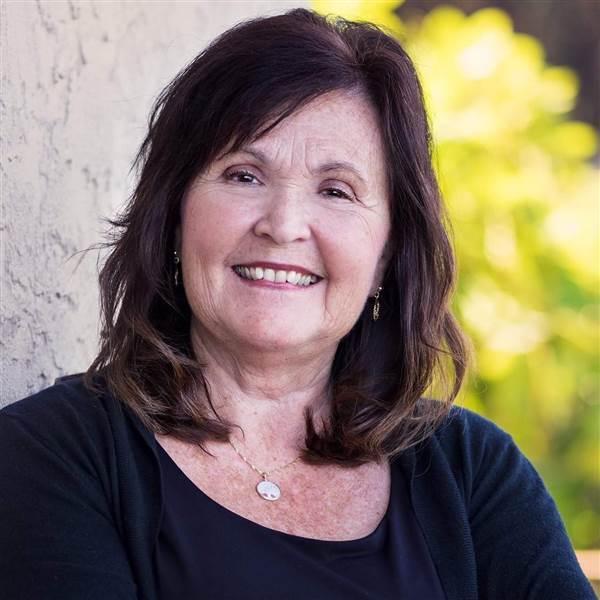During the holidays, many of us who fly take time to reflect on our many blessings: Our loved ones, our health, our homes, and our freedom to fly. Many of us have shared the joy of flying with our children, grandchildren, and friends, and some of them have gone on to earn certification. As our hair grays, some of us look around the holiday table to see a new pilot or two eating his or her pumpkin pie. This is something to celebrate!
Now, it may be time to move to the next level of sharing by participating in charitable flying events in your community. Many nonprofit groups host a day at the airport where volunteer pilots will give sightseeing flights to eager fledglings. Any donations raised at the event benefit the nonprofit cause. Check with your local airport about what may be scheduled for 2014.
Charitable, community flying events operate under FAR Part 91.146, a section of the regulations that was updated in 2007. The rules apply to airplanes and helicopters (not balloons or gliders). There are requirements for the pilot, the aircraft, the airport, the sponsor, and the event.
Participating pilots must have a current airman medical certificate and have met currency requirements. Airmen must have a minimum of 500 hours total time, and are limited to flying in no more than four charitable events in a calendar year. Pilots are required to give a passenger briefing before each flight that includes showing them how the seatbelts work, how to exit the aircraft in an emergency, and other topics that are relevant to the flight.
The aircraft must be airworthy according to Part 91, Subpart E and hold a standard airworthiness certificate. The airplane can have no more than 30 passenger seats and a maximum payload of 7,500 pounds.
As far as the airport at which the event takes place, the flights must depart from a public airport, or another airport that has been approved by the FAA for the event.
The event sponsor is limited to four charitable events per year and only one community event per year. No event can last more than three consecutive days. The sponsor must send a signed letter to the flight standards district office at least seven days before the event that includes the name of the sponsor; purpose of the event; date, time, and location of the event; and any previous events the sponsor has held in the current calendar year.
The FSDO needs a copy of each pilot’s airman certificate, medical certificate, and logbook entries. Each pilot must sign a statement listing all prior sightseeing or community events he or she has flown in during the current calendar year.
As far as any monies raised: The beneficiary of the funds raised cannot be in the air transportation business. The reimbursement to the aircraft operator is limited to the passenger’s portion of the pro rata cost of owning, operating, and maintaining the aircraft for that flight. This may include fuel, oil, airport expenses, and rental fees. This option for fuel reimbursement in 91.146 is for charitable/community events only. However, all types of charity flying can take certain federal and state tax deductions. Consult with your tax advisor for what applies to your specific situation.
For more information, read AOPA’s Guide to Charitable/Nonprofit/Community Event Sightseeing Flights.



